all of you,
The exact background color is in RGB; (246, 46, 100)
I have tried several methods but those are too slow, one of the methods is below;
new_image = Image.open("image-from-rawpixel-id-6649116-original.png")
img_up = np.asarray(new_image)
for ind1, i in enumerate(tqdm(img_up)):
for ind2, i2 in enumerate(i):
if list(i2[:3]) != a:
img_up2 = img_up.copy()
img_up2.setflags(write=1)
img_up2[ind1][ind2][:3] = [0,0,0]
cv2.imshow('', img_up2)
cv2.waitKey()
I want to make the background white and the foreground person black (masked), but unable to find a quick method.
Modified
I have tied another method to mask the foreground but I think, I am doing some mistakes while converting between RGBs. Below is the code;
path = 'image-from-rawpixel-id-2923073-png.png'
im = Image.open(path).convert('RGBA')
img = cv2.imread(path, cv2.IMREAD_UNCHANGED)
#--------------------------- To change the background color that is not present in the foreground ---------------------------------------------
lst_ch_a = []
for pixel in tqdm(im.getdata()):
lst_ch_a.append(pixel[:3])
break_out = True
while break_out:
a = random.sample(range(0, 255), 3)
if a not in lst_ch_a:
new_image = Image.new("RGBA", im.size, tuple(a))
print(tuple(a))
break_out = False
new_image.paste(im, mask=im)
new_image.convert("RGB").save("check6.jpg")
#--------------------------- Numpy ----------------------------------------------------------------
img_up = np.asarray(new_image)
img = img_up.copy()
img.setflags(write=1)
img[:,:,:3][img[:,:,:3] != tuple(a)] = 0
img[img!=0]=255
img = cv2.cvtColor(img, cv2.COLOR_BGRA2RGBA)
img = cv2.resize(img,(500,500), cv2.INTER_LINEAR)
cv2.imwrite('results1.jpg', img)
cv2.imshow('', img)
cv2.waitKey(0)
Below is the result, but I am getting pixels of Blue, green, red, and some other colors in the image. do you know why I am getting this?
You can see in the above first image, where I have changed the background. The image was transparent image, but then I changed the background color. There was no green, blue, or red colors but while masking the foreground the red, blue, and green color emerges.
Do you know why it is happening?





